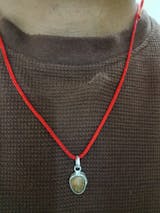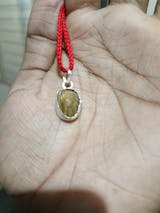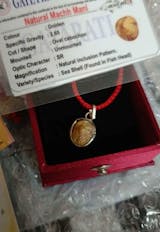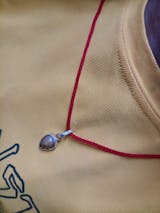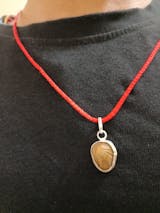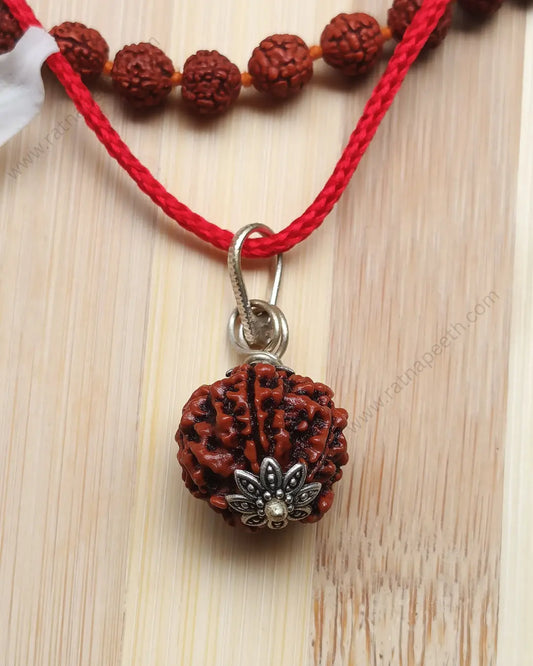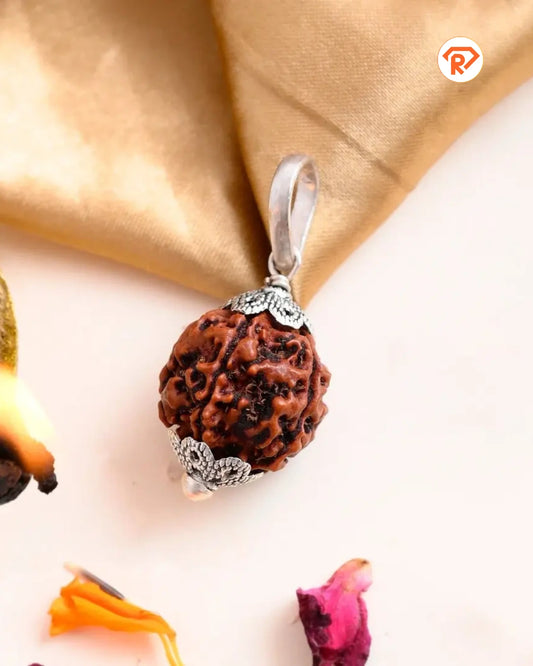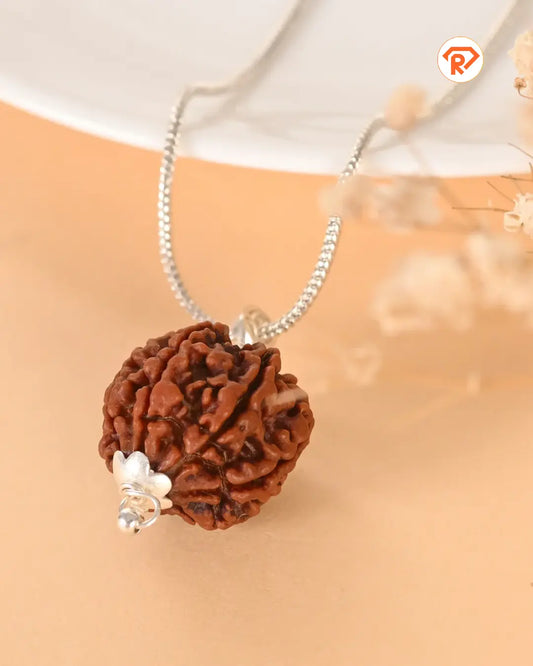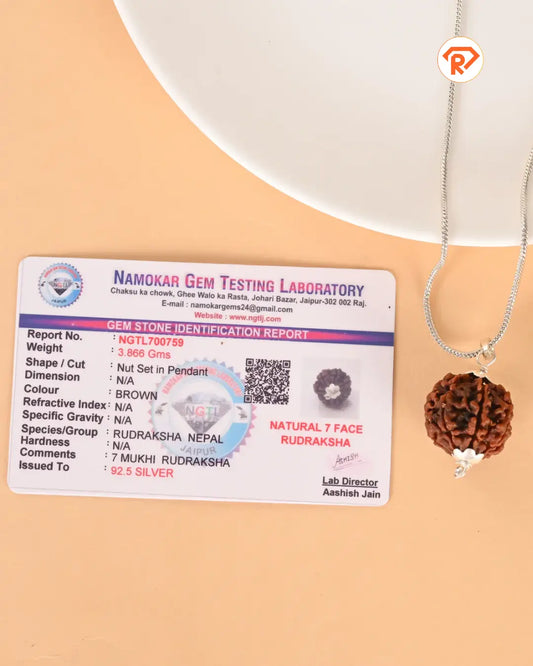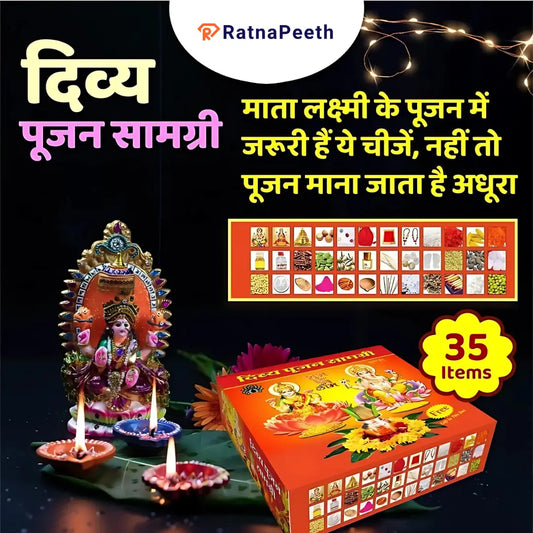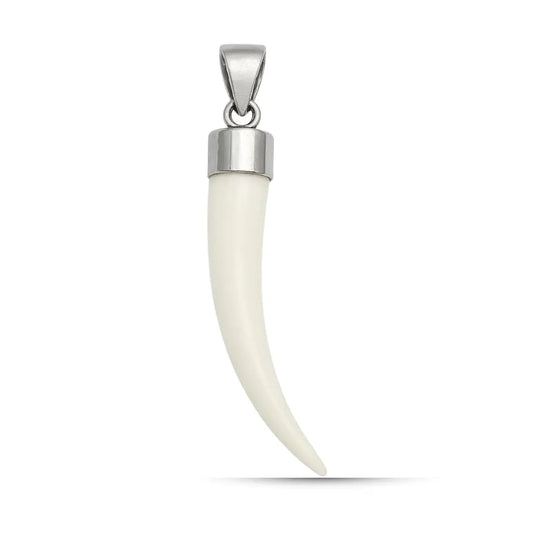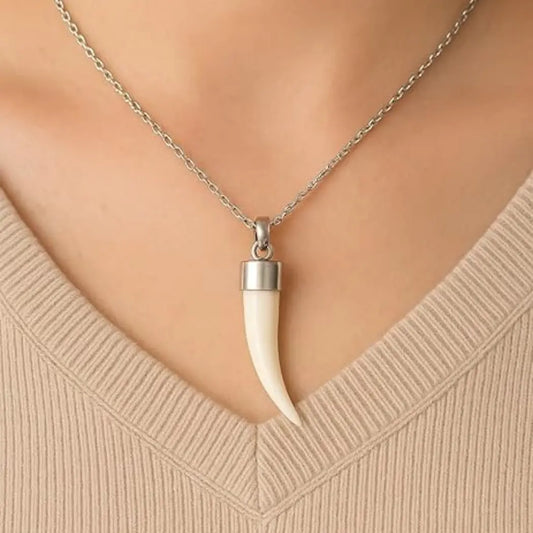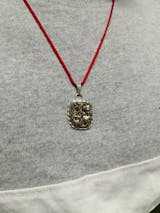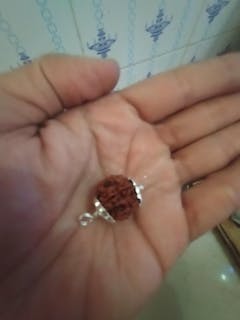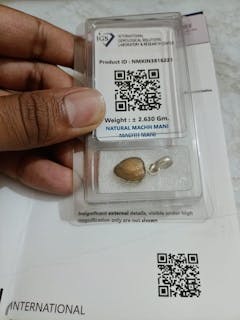Origin and appearance
- Formation: It is traditionally said to emerge from the head of a divine fish or to be associated with Makardhwaj, Lord Hanuman's son, as described in the Ramayana.
- Appearance: Authentic Machmani stones are often brown in color and have a natural glow, while fake versions can appear dull.
Beliefs and benefits
- Protection: Believed to shield against negative energies, black magic, and the evil eye.
- Spiritual and emotional well-being: Said to enhance intuition, sharpen wisdom, calm the mind, and promote emotional balance.
- Prosperity: Worn to attract wealth, success, and good luck, and to improve business growth.
- Astrological benefits: Particularly beneficial for those with a weak Rahu planet or those experiencing Rahu Mahadasha, as it can help correct related doshas and bring peace of mind.
- Vastu correction: Can help correct Vaastu (Indian architectural science) defects in a home to promote harmony and peace.
Authenticity
- Brown vs. White: Brown Machmani is considered the authentic, naturally formed variety, while debates exist around the origin of white Machmani.
- Certification: Experts advise purchasing only certified, lab-tested stones to ensure their originality and spiritual potency.


